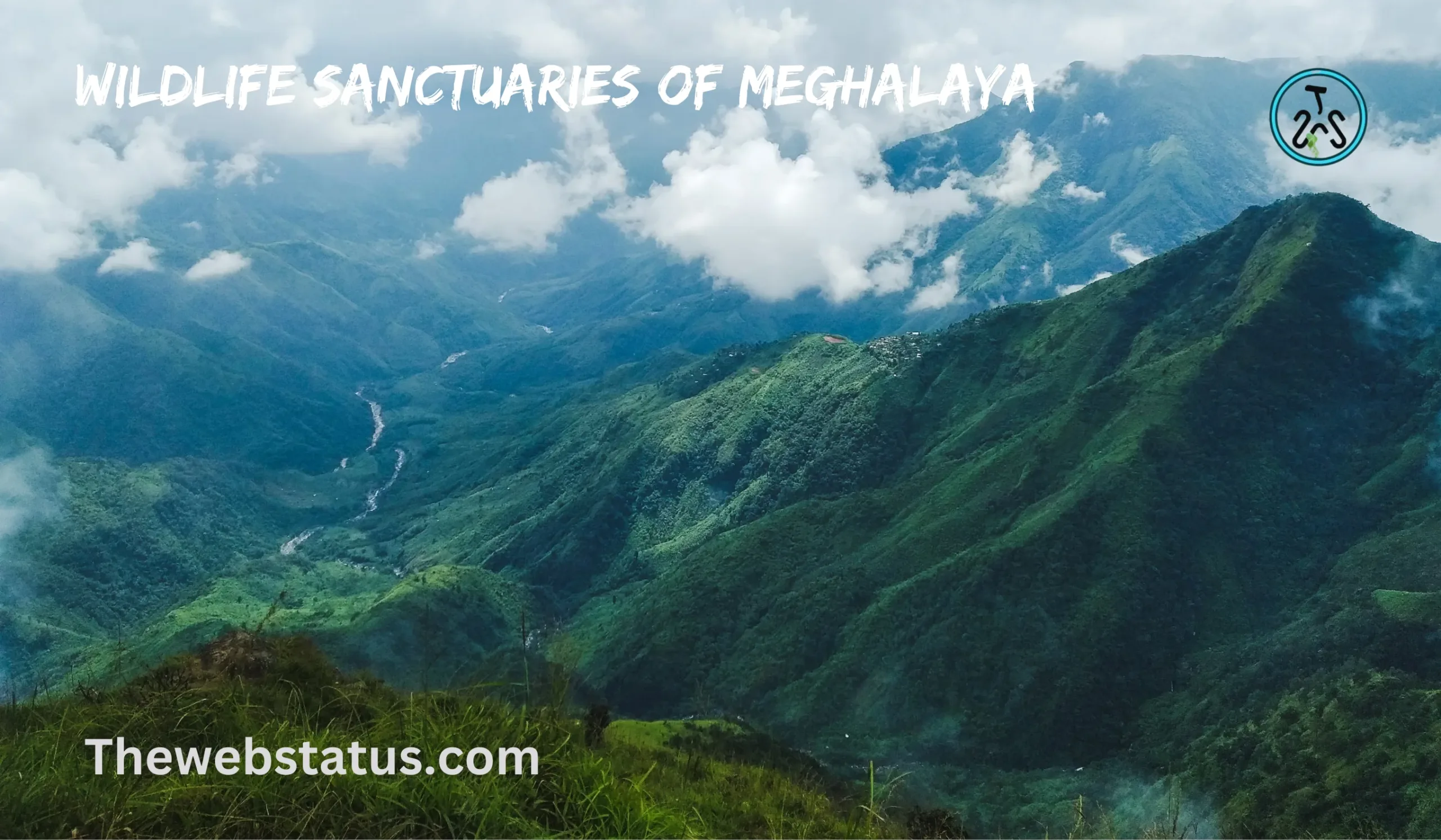Wildlife Sanctuaries of Meghalaya, List of Wildlife Sanctuaries of Meghalaya, Wildlife Sanctuaries in Meghalaya, Popular Wildlife Sanctuaries of Meghalaya, All wildlife Sanctuaries of India, Wildlife Sanctuaries State Wise, Baghmara Pitcher Plant Wildlife Sanctuary, Nongkhyllem Wildlife Sanctuary, Siju Wildlife Sanctuary, Narpuh Wildlife Sanctuary
Table of Contents
Wildlife Sanctuaries of Meghalaya
Baghmara Pitcher Plant Wildlife Sanctuary
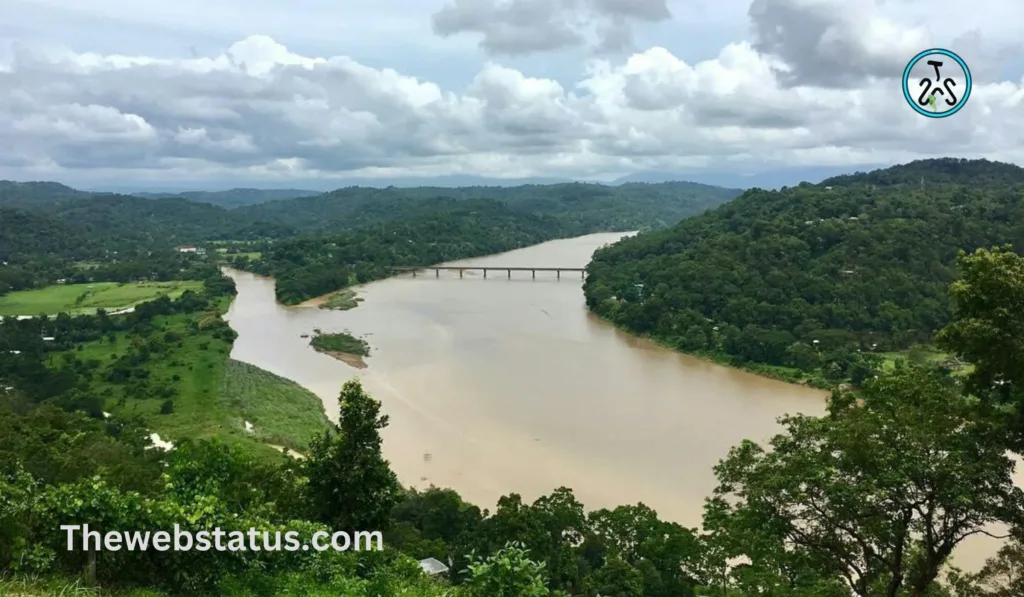
It is named after its location in the Baghmara Pitcher Plant Sanctuary, which houses the pitcher plant, Nepenthes khasiana, a rare insectivorous plant. Locally known as “Me’Mangkoksi”, literally ‘Ghost Basket’, the Garo people consider it sacred. Nepenthes khasiana is the only endemic species of the genus Nepenthes, found in India and Meghalaya. This species and its habitat are unique, as it is found in an isolated population in Meghalaya.
It is said that this species represents ancient endemic remains of old flora that are found in areas of geological antiquity. Therefore, this species is of great biological interest. It is the only sanctuary in Meghalaya to conserve the pitcher plant in-situ. The sanctuary serves as protection against soil erosion and provides water to parts of the villages around it. Many other species of native flora and fauna are found in the Baghmara-Balpakram region, the entire landscape is rich in endemic biodiversity.
Animal: Asian elephant; Grey-headed Fish Eagle, King Vulture, Longbilled Vulture, White-backed Vulture, White-legged Falconet, White-cheeked Hill Partridge, Tawny Fish Owl, Blithe Kingfisher, Spangled Drongo.
Plants: Pitcher Plant, Drosera spp., Shima wallichii, Myrica esculenta, Erythrina arborescens, Rhus javanica, Rhododendron arboretum, Quercus, Castanopsis indica, C. tribuloides, Dysoxylum sp., Elaeocarpus sp., Engelhardtia spicata, Syzygium spp., Tetrameles nudiflora.
Nongkhyllem Wildlife Sanctuary
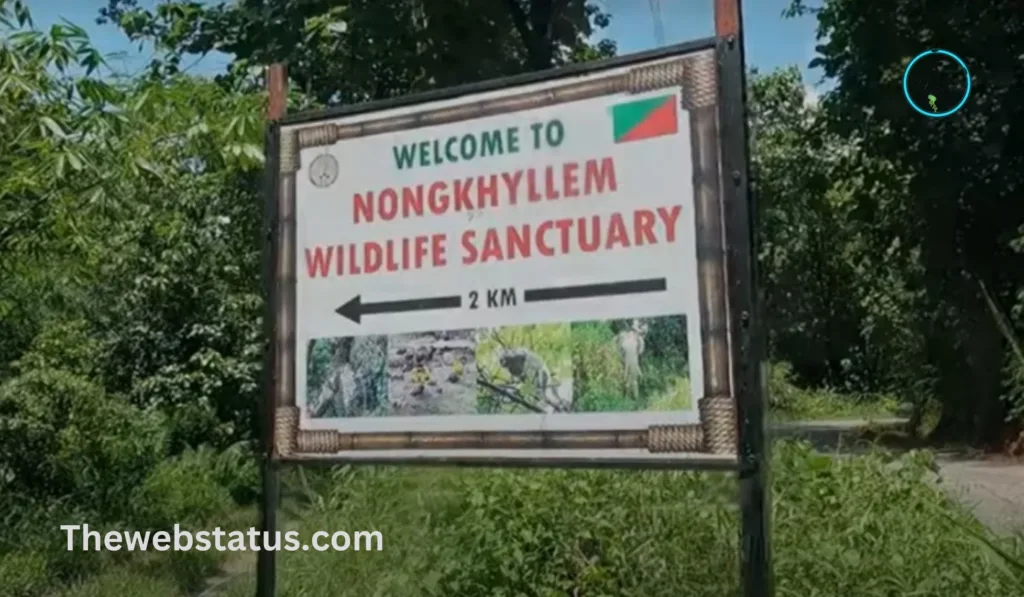
Located in the global biodiversity hotspot of the Eastern Himalayas, the region has a rich wealth of flora and fauna. The truly rare biodiversity has attracted the attention of research scholars and wildlife enthusiasts from across the country. About 1036 species of plants belonging to 159 families were found in an area of about 200 square kilometres. By J.Joseph, who collected the flora of Nongpoh and its surroundings in 1982.
Their observations confirmed that compared to these forests, another biodiversity hot spot within the Western Ghats, a unit of the South Indian forests, was present in small numbers. Of species. The survey highlighted the presence of several endangered species in the area, an example of which is the rufous necked hornbill. Home to over 50 species of mammals, most of which are listed in Schedule I of the Wild Life (Protection) Act, 1972, and 25 species of reptiles, the protection and conservation offered by this sanctuary is invaluable.
Animals: Asian elephant, barking deer, sambar, wild boar, tiger, clouded leopard, hoolock gibbon, stump-tailed macaque, slow loris, rhesus macaque, rufous turtle dove, spotted dove, house swift, Asian palm swift, Amur falcon, maroon oriole; Siberian Duck, Spoonbill Rock Python, King Cobra, Common Cobra, Banded Krait, Common Krait, Vine Snake, Green Pit Viper.
Plants: Shorea robusta, Tectona grandis, Terminalia myriocarpa, Gmelina arborea, Artocarpus chapasala, Lagerstroemia parviflora, Maurus laevigata, Shima wallichii, Tuna ciliata, Albizzia Lebbeck, Dillenia pentagina, Careya arborea, Dillenia pentagina, Callicarpa arborea, Tetrameles spp.
Siju Wildlife Sanctuary
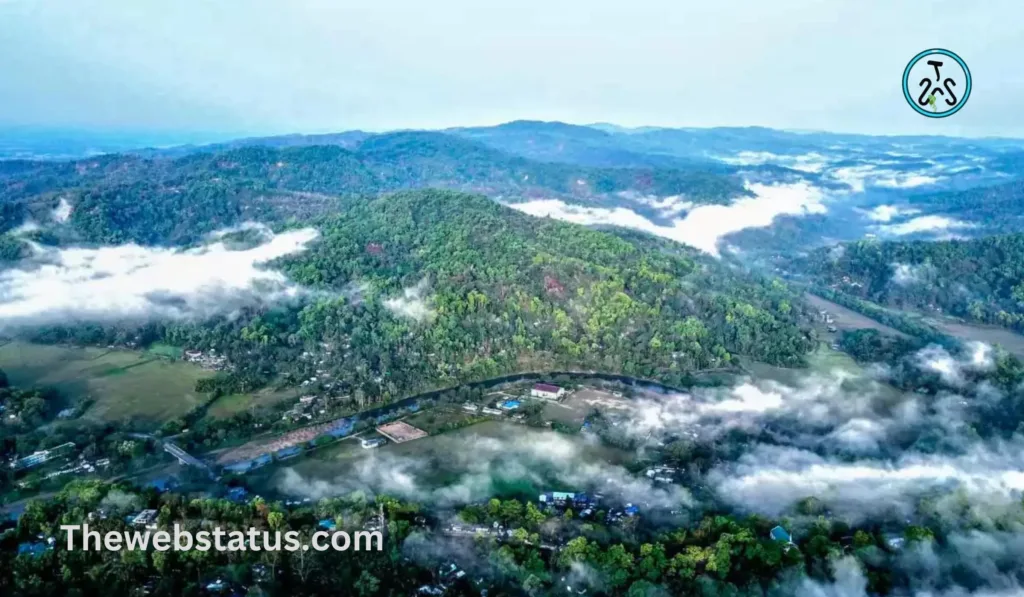
Located in the remote region of Garo Hills of Meghalaya, it is the oldest and first wildlife sanctuary in the state. With Meghalaya’s longest river, the Simsang, flowing on its western bank and the Balpakram National Park on its eastern border, the sanctuary is graced with many rare and endemic flora and fauna. Linked to the Balpakram Baghmara on its southern edge and the Siju-Rewak elephant corridor, the Siju Wildlife Sanctuary was formed in 1979. Earlier, in 1906, the area was declared a reserved forest by the Lieutenant Governor of East Bengal and Assam. Its name is derived from its location called “Siju”, a growing village dominated by ‘Atong’, a sub-caste of the Garo.
Animals: Asian elephant, barking deer, sambar, wild boar, tiger, clouded leopard, hoolock gibbon, stump-tailed macaque, slow loris, rhesus macaque, spoonbill, gray hornbill; Siberian Duck, Water Monitor, Rock Python, King Cobra, Common Cobra, Banded Krait, Common Krait, Vine Snake, Green Pit Viper.
Plants: Vascular plants and angiosperms, Shorea robusta, Tectona grandis, Terminalia myriocarpa, Gmelina arborea, Artocarpus chappella, Lagerstroemia parviflora, Maurus laevigata, Schima wallichia, Tuna ciliata, Albizzia lebcke, Dillenia pentagyna.
Narpuh Wildlife Sanctuary
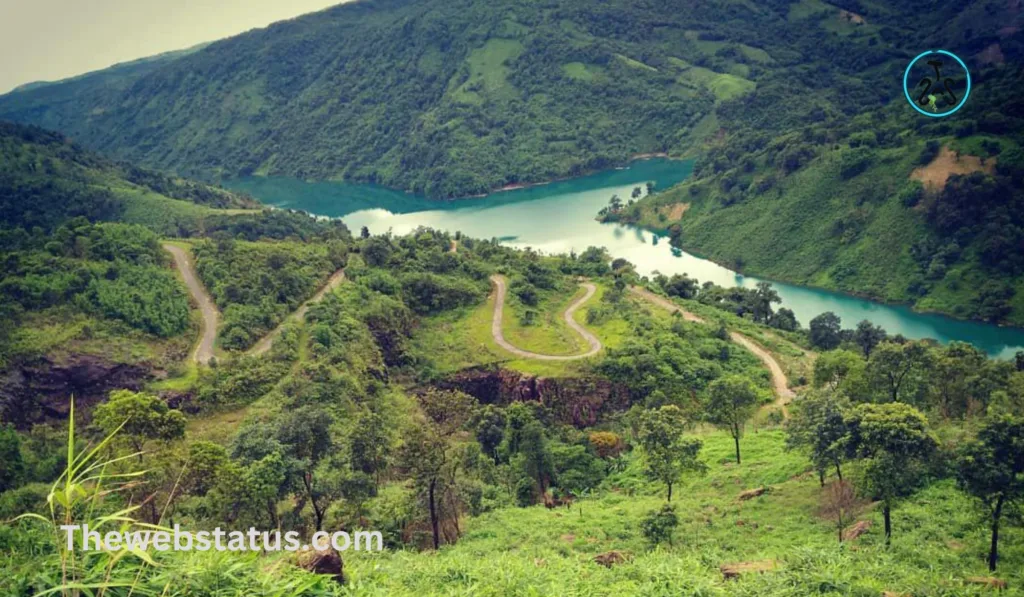
Narpuh Wildlife Sanctuary is the only important ancient forest area that exists in the eastern part of Meghalaya, East and West Jaintia Hills district. Prone to extremely heavy rainfall averaging over 6,000 mm from the south-west monsoon, the climate is conducive to the proliferation and sustenance of a rich and wide variety of wild, endangered flora and fauna.
Some of the tallest evergreen and semi-evergreen forests remaining in Meghalaya are found in this region. An important habitat for about 92 species of birds, 199 species of butterflies and 35 species of birds, the sanctuary is of extremely high conservation value. It is a safe haven for many Schedule-I species like pied hornbill, hoolock gibbon, slow loris, serow, leopard etc.
Animals: Hoolock gibbon, serow, slow loris, leopard; Oriental Pied Hornbill, Giant or Great Pied Hornbill, Spangled Drongo, Rufous-throated Partridge, 91 species of butterflies, reptiles like Asian Leaf Tule (Cyclamys dentate), Copper-headed Trinket Snake, Red-necked Keelback, Monitor Lizard and species of frog (Calaula). spp.), Varanus bengalensis, rock python, king cobra, common cobra, banded krait, common krait, common vine snake, green pit viper, reticulated python.
Plants: Castanopsis indica, C. tribuloides, Dysoxylum sp., Elaeocarpus sp., Engelhardtia spicata, Syzygium sp., Tetrameles nudiflora, Lithocarpus fenestratus, Castanopsis kurzi, Quercus griffithii, Q. Semiserrata, Shima khasiana, Myrica esculenta, Symplocos glomerata, Photinia arguta, Ficus nemoralis, Mangalitia caviana, Acer sp., Exbucklandia populonia, Engelhardtia spicata, Betula alnoides, Rhododendron arboretum etc. Shrubs include Mahonia pycnophylla, Daphne papyracea, Polygala arelata, Camellia caudica, Rubus sp.
